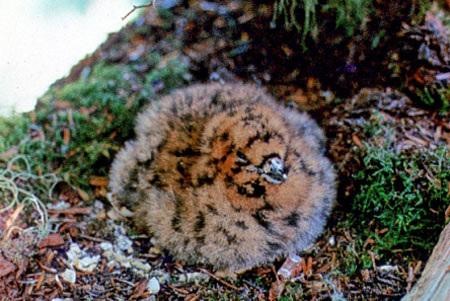Endangered species act as threatened in washington oregon and california usfws 1997.
Marbled murrelet usfws.
The marbled murrelet brachyramphus marmoratus is a small seabird from the north pacific.
This came on the heels of more than a century of searching by early ornithologists for the elusive murrelet nest.
Marbled murrelets are seabirds that forage in marine waters but nest in forests.
Threatened the marbled murrelet is federally listed under the endangered species act as a threatened species in washington oregon and california and state listed as endangered in california and as threatened in oregon and washington.
Recovery of the murrelet depends in large part on conservation and restoration of breeding habitat on federally managed lands.
Marbled murrelet management areas all new or expanded recreation facilities trails and recreation leases in occupied sites and buffers and marbled murrelet management areas will be evaluated by dnr for impacts.
They locate their nest in a depression on a mat of moss lichen or debris accumulations on large branches.
In washington marbled murrelets nest in mature and old growth conifer forests and sometimes in comparatively younger forests with residual old growth trees.
Marbled murrelets brachyramphus marmoratus range from alaska to california and are federally listed under the u s.
Implementation plan for marbled murrelet february 2018 iv executive summary the marbled murrelet is a small seabird that spends most of its time at sea usually within 0 5 km of shore.
Fws s threatened endangered species system track information about listed species in the united states.
The marbled murrelet is a small robin sized diving seabird that feeds primarily on fish and invertebrates in near shore marine waters.
Marbled murrelets nest as solitary pairs at low densities almost exclusively in old growth forests typically within 30 km of the ocean.
It is a member of the auk family.
It nests in old growth forests or on the ground at higher latitudes where trees cannot grow.
It spends the majority of its time on the ocean restingoosting and feeding but comes inland up to 80 kilometers 50 miles to nest in forest stands with old growth forest characteristics.

